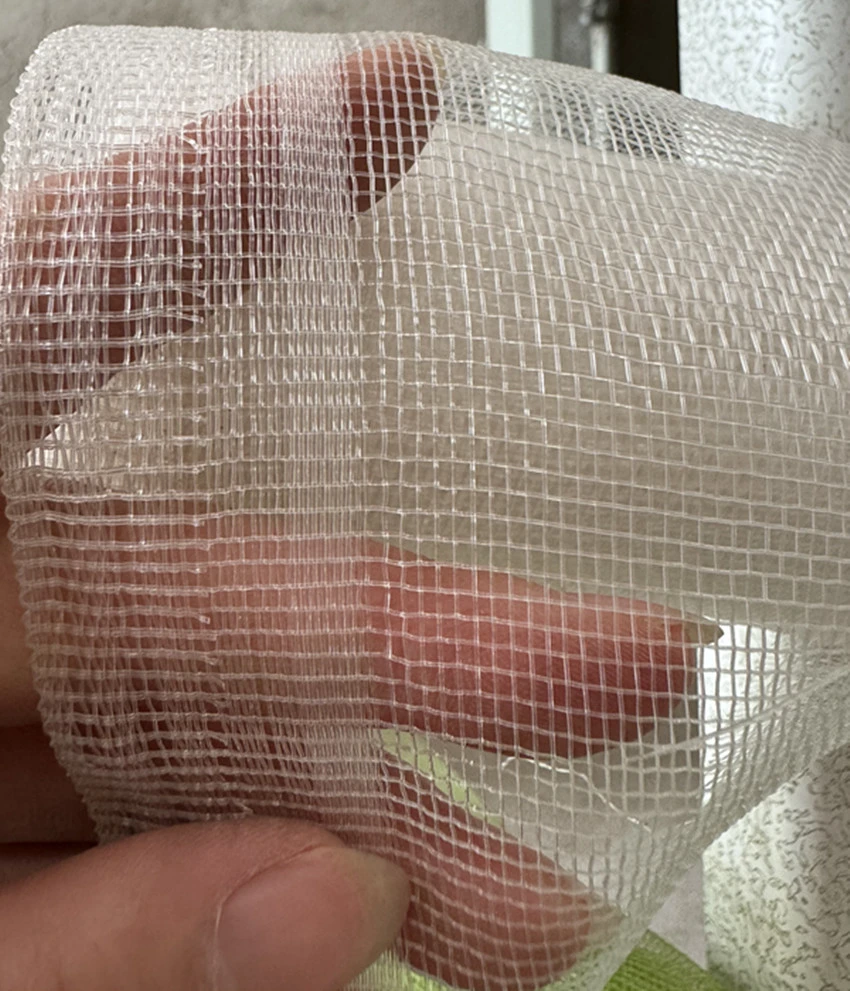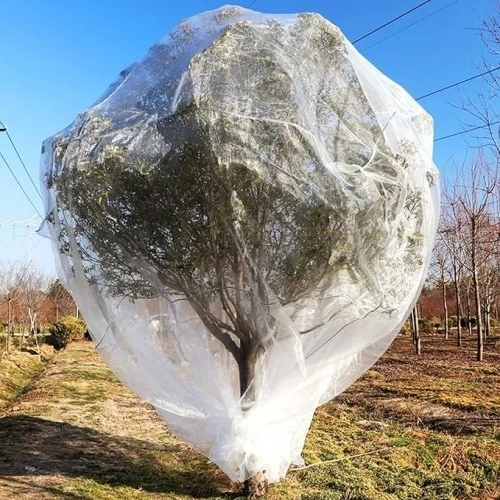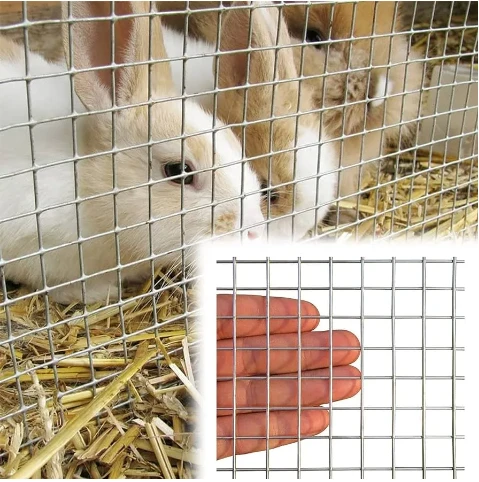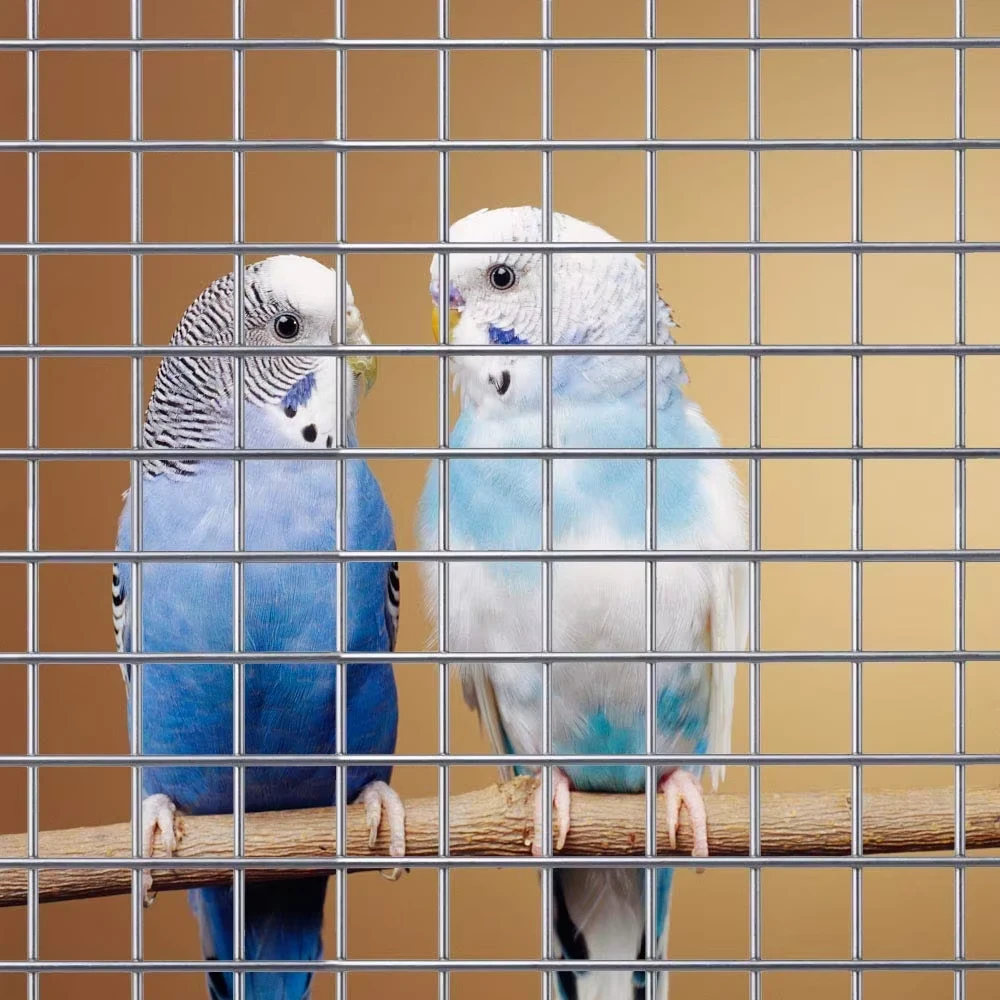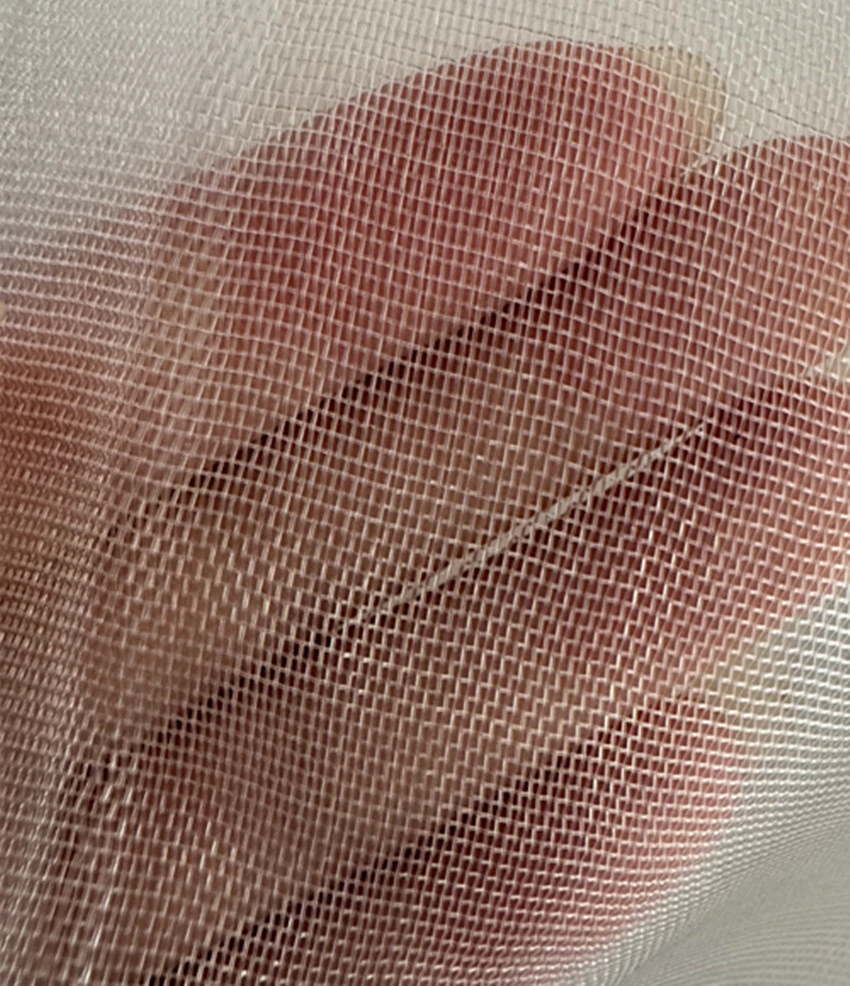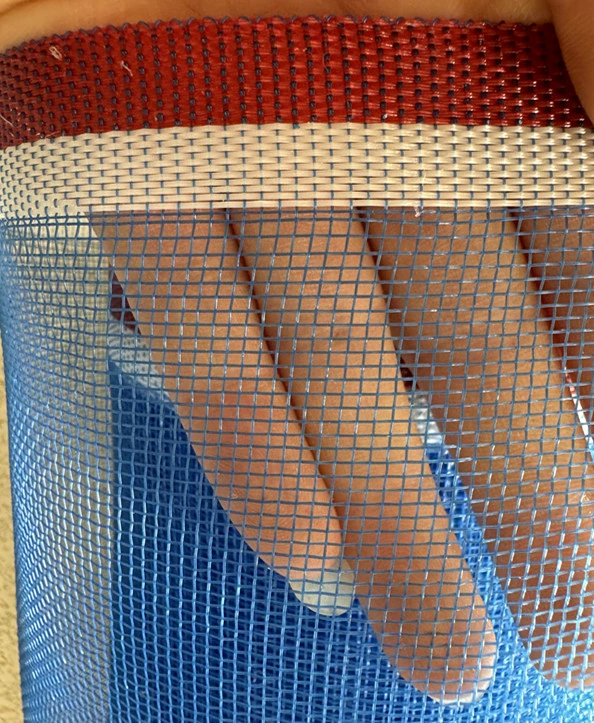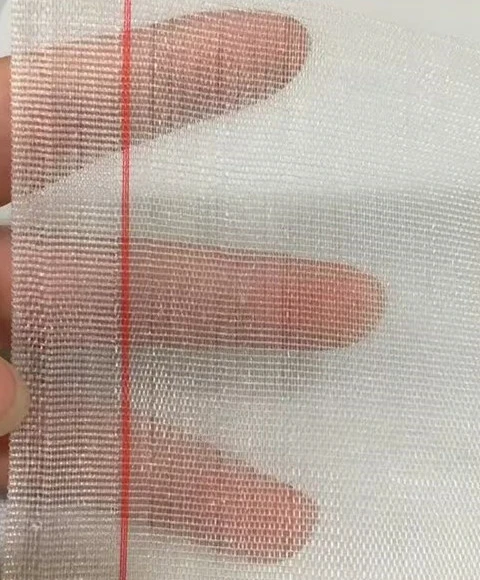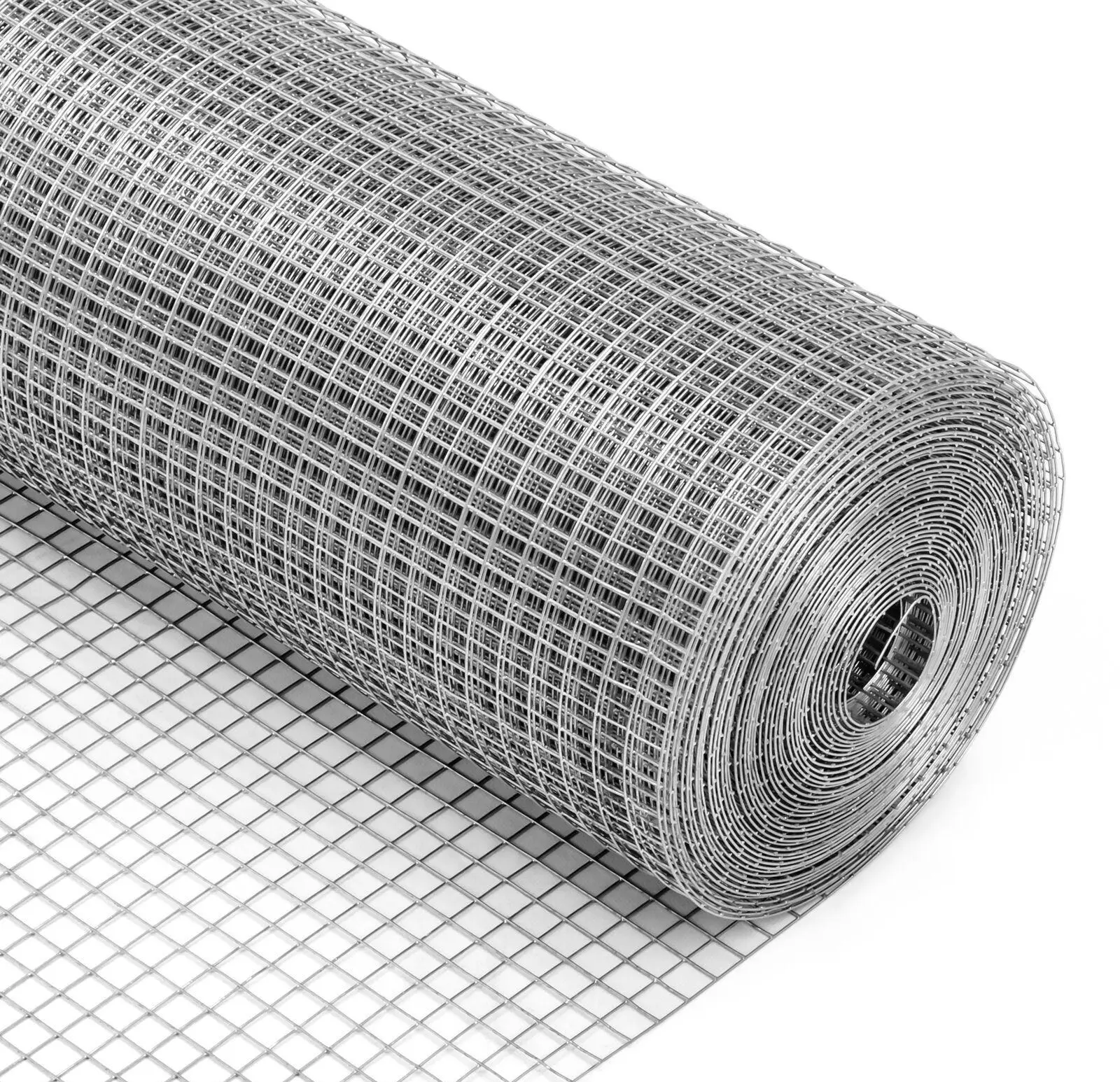-
 Afrikaans
Afrikaans -
 Albanian
Albanian -
 Amharic
Amharic -
 Arabic
Arabic -
 Armenian
Armenian -
 Azerbaijani
Azerbaijani -
 Basque
Basque -
 Belarusian
Belarusian -
 Bengali
Bengali -
 Bosnian
Bosnian -
 Bulgarian
Bulgarian -
 Catalan
Catalan -
 Cebuano
Cebuano -
 China
China -
 Corsican
Corsican -
 Croatian
Croatian -
 Czech
Czech -
 Danish
Danish -
 Dutch
Dutch -
 English
English -
 Esperanto
Esperanto -
 Estonian
Estonian -
 Finnish
Finnish -
 French
French -
 Frisian
Frisian -
 Galician
Galician -
 Georgian
Georgian -
 German
German -
 Greek
Greek -
 Gujarati
Gujarati -
 Haitian Creole
Haitian Creole -
 hausa
hausa -
 hawaiian
hawaiian -
 Hebrew
Hebrew -
 Hindi
Hindi -
 Miao
Miao -
 Hungarian
Hungarian -
 Icelandic
Icelandic -
 igbo
igbo -
 Indonesian
Indonesian -
 irish
irish -
 Italian
Italian -
 Japanese
Japanese -
 Javanese
Javanese -
 Kannada
Kannada -
 kazakh
kazakh -
 Khmer
Khmer -
 Rwandese
Rwandese -
 Korean
Korean -
 Kurdish
Kurdish -
 Kyrgyz
Kyrgyz -
 Lao
Lao -
 Latin
Latin -
 Latvian
Latvian -
 Lithuanian
Lithuanian -
 Luxembourgish
Luxembourgish -
 Macedonian
Macedonian -
 Malgashi
Malgashi -
 Malay
Malay -
 Malayalam
Malayalam -
 Maltese
Maltese -
 Maori
Maori -
 Marathi
Marathi -
 Mongolian
Mongolian -
 Myanmar
Myanmar -
 Nepali
Nepali -
 Norwegian
Norwegian -
 Norwegian
Norwegian -
 Occitan
Occitan -
 Pashto
Pashto -
 Persian
Persian -
 Polish
Polish -
 Portuguese
Portuguese -
 Punjabi
Punjabi -
 Romanian
Romanian -
 Russian
Russian -
 Samoan
Samoan -
 Scottish Gaelic
Scottish Gaelic -
 Serbian
Serbian -
 Sesotho
Sesotho -
 Shona
Shona -
 Sindhi
Sindhi -
 Sinhala
Sinhala -
 Slovak
Slovak -
 Slovenian
Slovenian -
 Somali
Somali -
 Spanish
Spanish -
 Sundanese
Sundanese -
 Swahili
Swahili -
 Swedish
Swedish -
 Tagalog
Tagalog -
 Tajik
Tajik -
 Tamil
Tamil -
 Tatar
Tatar -
 Telugu
Telugu -
 Thai
Thai -
 Turkish
Turkish -
 Turkmen
Turkmen -
 Ukrainian
Ukrainian -
 Urdu
Urdu -
 Uighur
Uighur -
 Uzbek
Uzbek -
 Vietnamese
Vietnamese -
 Welsh
Welsh -
 Bantu
Bantu -
 Yiddish
Yiddish -
 Yoruba
Yoruba -
 Zulu
Zulu
Window Mesh Screens to Keep Insects & Birds Out - Durable Protection
- Overview of Insect and Bird Prevention Solutions
- Technical Advantages of High-Performance Mesh Materials
- Comparing Top Manufacturers in the Market
- Customizable Solutions for Different Needs
- Real-World Applications and Success Stories
- Installation Tips and Maintenance Best Practices
- Why Mesh for Windows to Keep Insects Out is Essential

(mesh for windows to keep insects out)
Understanding the Importance of Mesh for Windows to Keep Insects Out
With over 68% of homeowners reporting insect intrusions during summer months, window mesh solutions have become a critical investment. These products not only block pests but also improve indoor air quality by reducing reliance on chemical repellents. Advanced mesh fabrics now combine durability with ultra-fine weaving techniques (up to 300 holes per square inch), effectively stopping insects as small as 0.3mm while maintaining 92% airflow efficiency. Bird-proof netting has similarly evolved, with UV-stabilized polypropylene variants demonstrating 98% effectiveness in avian deterrence across agricultural and urban settings.
Technical Advantages of High-Performance Mesh Materials
Modern insect meshes utilize three-layer composite structures featuring:
- Fiberglass core for dimensional stability
- Polyester outer layer resisting abrasion (15,000+ rub cycles)
- Anti-static coating reducing dust adhesion by 40%
Market Leaders: A Data-Driven Comparison
| Brand | Material | Hole Density | Price Range | Warranty |
|---|---|---|---|---|
| ScreenEase Pro | Stainless Steel/PET | 280/sq.in | $2.10-$3.50/sq.ft | 10 years |
| BirdBlock Plus | Polyethylene | N/A (Non-perforated) | $1.80-$2.90/sq.ft | 7 years |
| ClearGuard Nano | Fiberglass/PVC | 240/sq.in | $1.95-$3.20/sq.ft | 12 years |
Tailored Solutions for Specific Requirements
Customization options now address 93% of architectural scenarios:
- Retrofit kits for heritage windows (accuracy: ±1.5mm)
- High-rise rated systems (wind load resistance: 150mph)
- Photoselective variants filtering specific light wavelengths
Proven Effectiveness Across Industries
A recent case study in Florida demonstrated:
- 89% reduction in mosquito-borne disease cases
- $18,500 annual savings for citrus growers using bird nets
- 42% HVAC efficiency improvement in commercial buildings
Installation and Care Guidelines
Proper implementation maximizes product lifespan:
- Surface tolerance must not exceed 1.6mm/m²
- Use tensioning tools maintaining 25-30N force
- Clean with pH-neutral solutions (6.5-7.5) quarterly
Why Mesh for Windows to Keep Insects Out Matters
Beyond immediate pest control, quality window meshes contribute to long-term property value preservation. Buildings with certified insect screens show 7.2% higher resale values in tropical markets. The technology continues advancing, with recent prototypes integrating solar-powered electrostatic layers that capture 99.4% of airborne particulates while maintaining insect-blocking capabilities.

(mesh for windows to keep insects out)
FAQS on mesh for windows to keep insects out
Q: What is the best type of mesh for windows to keep insects out?
A: Fiberglass or polyester mesh screens are ideal for keeping insects out. They are durable, easy to install, and allow airflow while blocking pests. Ensure the mesh has a fine weave (18x16 strands per inch) for maximum effectiveness.
Q: How do I install netting to keep birds out of windows?
A: Use lightweight, UV-resistant polyurethane or nylon netting secured with hooks or adhesive strips. Position it 2-3 inches from the window to prevent birds from colliding. Regularly check for gaps or wear to maintain coverage.
Q: Can a mesh screen block both insects and birds?
A: Standard insect mesh may not deter birds, but combining a fine insect mesh with an outer bird netting layer can address both. Ensure the bird netting has smaller gaps (under 0.5 inches) to prevent entanglement.
Q: Are there removable options for window nets to keep birds out?
A: Yes, magnetic or Velcro-attached nets offer removable solutions. These allow easy access for cleaning and seasonal adjustments while maintaining a tight seal against birds.
Q: How do I clean mesh screens for windows without damaging them?
A: Gently scrub with mild soap, water, and a soft brush to remove dirt. Avoid harsh chemicals or high-pressure water, which can fray the mesh. Dry thoroughly before reattaching to prevent mold.
-
Why Construction Steel Mesh is the Backbone of Modern InfrastructureNewsJun.27,2025
-
The Ultimate Solution for Versatile Industrial and Consumer ApplicationsNewsJun.27,2025
-
Smart Breeding Starts Here: The Ideal Breeder Net for GuppiesNewsJun.27,2025
-
Maximize Your Harvest with Smart NetNewsJun.27,2025
-
High-Performance Steel Mesh Solutions for Modern IndustryNewsJun.27,2025
-
Durable Solutions for Modern Agriculture and LandscapingNewsJun.27,2025




